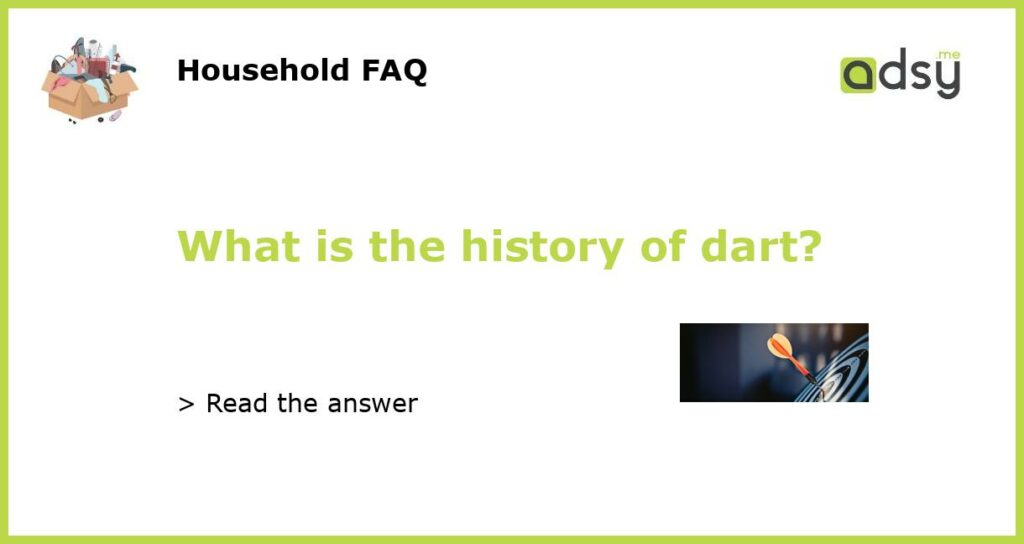The Origins of Dart
Dart is a programming language that was developed by Google and announced to the public in 2011. It was created as a potential substitute for JavaScript, which has been the dominant language for web development since the early days of the internet. Dart was designed to address the shortcomings of JavaScript and provide developers with a more powerful and efficient tool for building web applications.
Early Development and Launch
Dart was initially developed by a team of engineers at Google led by Lars Bak and Kasper Lund. The project, codenamed Dash, started in 2010 with the goal of creating a language that would address the limitations of JavaScript while still being able to run on existing browsers. Dart was officially announced to the public at the GOTO conference in 2011, where Google emphasized its goal of making the web a better platform for application development.
A Growing Ecosystem
After its initial launch, Dart gained traction among developers and began to grow its ecosystem. In 2013, Dart 1.0 was released, marking an important milestone for the language. This release included significant improvements to the performance and stability of Dart, as well as the introduction of Dartium, a version of the Chrome browser that included a built-in Dart virtual machine. This allowed developers to run their Dart code directly in the browser, without the need for transpilation.
The Dart Language and Features
Dart is an object-oriented language with a syntax that is similar to JavaScript, making it easy for developers to transition from one language to the other. It offers features like classes, interfaces, mixins, and generics, which allow developers to write modular and reusable code. Dart also includes built-in support for asynchronous programming, which is essential for building modern web applications that rely on non-blocking I/O operations.
The Future of Dart
Since its launch, Dart has continued to evolve and improve. In 2015, Google released Dart 1.9, which introduced a new feature called ‘sound null safety’, a type system that helps prevent certain null pointer exceptions at runtime. This feature has been further enhanced in subsequent versions of Dart and is expected to be a major selling point for the language.
The future of Dart looks promising, with Google actively investing in its development and promoting its use within the company. Google uses Dart extensively for its own web applications, including some of its most popular services like AdWords and AdSense. Additionally, the Flutter framework, which allows developers to build cross-platform mobile apps using Dart, has gained significant popularity in recent years.
As of 2021, Dart has been adopted by numerous companies and organizations outside of Google, including Alibaba, eBay, and Tencent. Its growing popularity and the support of a vibrant community of developers suggest that Dart has a bright future ahead as a key player in web and mobile app development.






